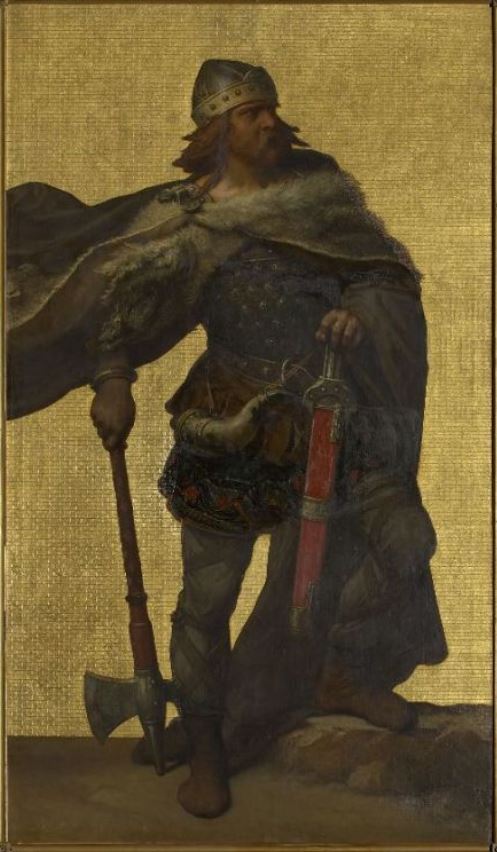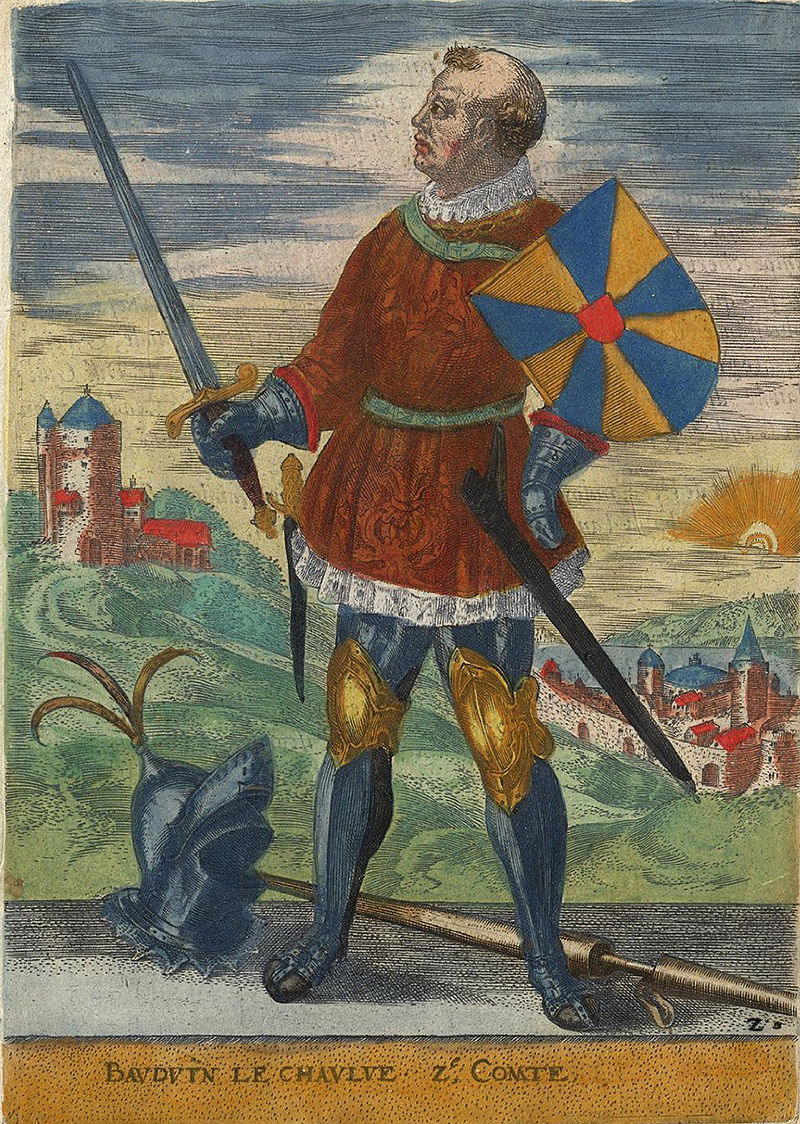Today in the Belgian aristocratic families series: the House of Lalaing. They originate from Lallaing (now in France, then part of the County of Hainaut) and became a prominent part of the establislish o/t Burgundian Netherlands in the 15th c. Some interesting members below.👇 

Jacques van Lalaing (1421-1453), travelled around Europe to joust. Participated in the Siege of Poeke Castle (Ghent Rebellion) and was killed after being hit by a canon ball, one of Europe's first noblemen who has been killed by canon fire. 

Joost de Lalaing (1437-1483), participated in the Battle of Nancy (1477) which killed Charles the Bold, became Lord Chamberlain of Charles' daughter Mary. Served as Stadtholder of Holland and Zeeland and Admiral of Flanders. Was killed during the Siege of Utrecht in 1483. 

Antoine II de Lalaing (1533-1568) Count of Hoogstraten. Governor of Antwerp and Stadtholder of Mechelen. Supported William of Orange, was summoned by the Duke of Alva to appear before the Council of Troubles, but fled to Cologne. Died after he shot himself in the foot. 

Charles II de Lalaign (1506-1558), Stadtholder of Hainaut, Councillor of State and the head of Finances - sort of Lord Treasurer -. During the absence of Emanuel Philibert of Savoye, Regent of the Habsburg Netherlands, Charles was appointed Regent ad interim. 

Christina de Lalaing (1545-1582), d. of Charles II. Married Peter of Melun, Stadtholder of Tournai. Became a protestant and led Tournai's defences during the siege of the city in 1581. Negotiated the city's surrender with Farnese and moved to Antwerp where she died. 

Marguerite de Lalaing (1574-1650), married Florent de Berlaymont, who both served the rebels and the Crown. In 1625 she founded the Convent of the Ladies of Berlaymont in Brussels. The name of that convent still lives on in the Berlaymont Building, the European Commission's HQ. 

Charles Maximilien de Lalaing (1856-1919), was Belgian ambassador to the UK during the First World War and even appeared in Vanity Fair. 

Jacques de Lalaing (1858-1917), brother of Charles Maximilien, became a painter and sculptor who specialised in animals Also created the Brussels' memorial to the British soldiers who died at Waterloo (pictures by Ben2/Wikimedia Commons) 





One of @gerthuskens: Jacques de Lalaing, Belgian diplomat active in Cairo who witnessed the official opening of the Burial Chamber of the King Tutankhamun in 1923. 

• • •
Missing some Tweet in this thread? You can try to
force a refresh




















